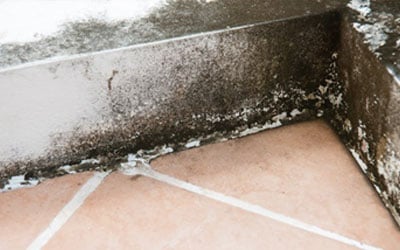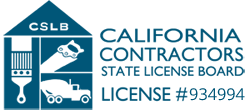
Mold may be found in a lot of places, including buildings and residences. These microorganisms thrive in damp environments, especially within flood-prone areas.
There are many surfaces on which mold can grow, including paper, cardboard, ceiling tiles, and wood goods. Dust, paints, wallpaper, insulation, drywall, carpet, fabric, and upholstery may harbor mold. Aspergillus, Cladosporium, and Penicillium are the most prevalent indoor molds, and if you aren’t protecting your home against it, you could be dealing with a host of issues in the future.
If you’ve ever wondered why so many restoration companies warn against the dangers of mold, it’s time to learn more about this microorganism. Here are the answers to five frequently asked questions you may be asking:
What Are the Effects of Mold on People?
Damp and moldy settings can have a range of health consequences. Mold sensitivity affects certain people as it can cause symptoms such as a stuffy nose, wheezing, and itchy eyes or skin. Some people, such as those with mold allergies or asthma, may experience more severe responses.
According to the Institute of Medicine, indoor mold exposure was linked to upper respiratory symptoms, cough, and wheeze in otherwise healthy persons, asthma symptoms in those with asthma, and hypersensitivity pneumonitis in people vulnerable to that immune-mediated illness (IOM) in 2004.
Other recent research has revealed a relationship between early mold exposure and the development of asthma in some children, particularly in children who may be genetically predisposed to asthma. Certain housing measures can reduce asthma and respiratory allergy morbidity.
Who Is at the Greatest Risk of Developing Health Problems?
People with allergies may be more vulnerable to mold. Fungal infections are more common in those with immune suppression or underlying lung disease. Breathing difficulties can occur in people with chronic respiratory illnesses (e.g., chronic obstructive pulmonary disease, asthma).
Mold infection is more likely in those who have had their immune system suppressed. If you or a family member has one of these illnesses, you should seek evaluation and treatment from a trained medical physician.
How Can Molds Grow in An Indoor Environment?
Mold can occur both indoors and outside. Open entrances, windows, vents, and heating and air conditioning systems may all allow mold to infiltrate your house. Mold in the air may stick to clothing, shoes, and pets, which can be brought inside.
Mold spores will develop in areas with excessive moisture, such as when leaking has happened in roofs, pipes, walls, plant pots, or where flooding has occurred.
Mold thrives in many construction materials because they supply the proper nutrients. Wet cellulose materials, such as cardboard, ceiling tiles, and wood products, are especially favorable to mold formation. Mold may develop in various materials, including dust, paints, wallpaper, insulating materials, drywall, carpet, fabric, and upholstery.
How Can I Avoid Mold Growth in My Home?
As part of routine building maintenance, inspect buildings for signs of water damage and visible mold. You can also seek a specialist for damage restoration service. Correct circumstances that cause mold development (e.g., water leaks, condensation, infiltration, or floods) to avoid mold growth.
Mold development may be controlled within your house by:
- Thoroughly cleaning and drying any persistently wet areas;
- Maintaining a constant amount of humidity;
- Repairing leaking roofs, windows, and pipes as soon as possible;
- Keeping showers, laundry, and kitchen facilities well-ventilated.
Is There Any Other Way to Proactively Prevent Mold Growth?
- Maintain a modest humidity level throughout the day—between 30-50%. You may reduce the humidity by using an air conditioner or a dehumidifier.
- Make sure your home is adequately ventilated.
- Repair any leaks to prevent mold from growing.
Final Thoughts
Mold requires a small amount of moisture to start growing and causing serious issues. If you have even the slightest concerns, you should have a mold remediation specialist inspect your home or place of business.
Restoration Masters is an independent, locally-owned, and operated company serving Los Angeles, Orange, Riverside, and Ventura counties with full-service restoration for residential and commercial buildings. From water damage clean-up to mold remediation, you can count on us. Contact us today!





